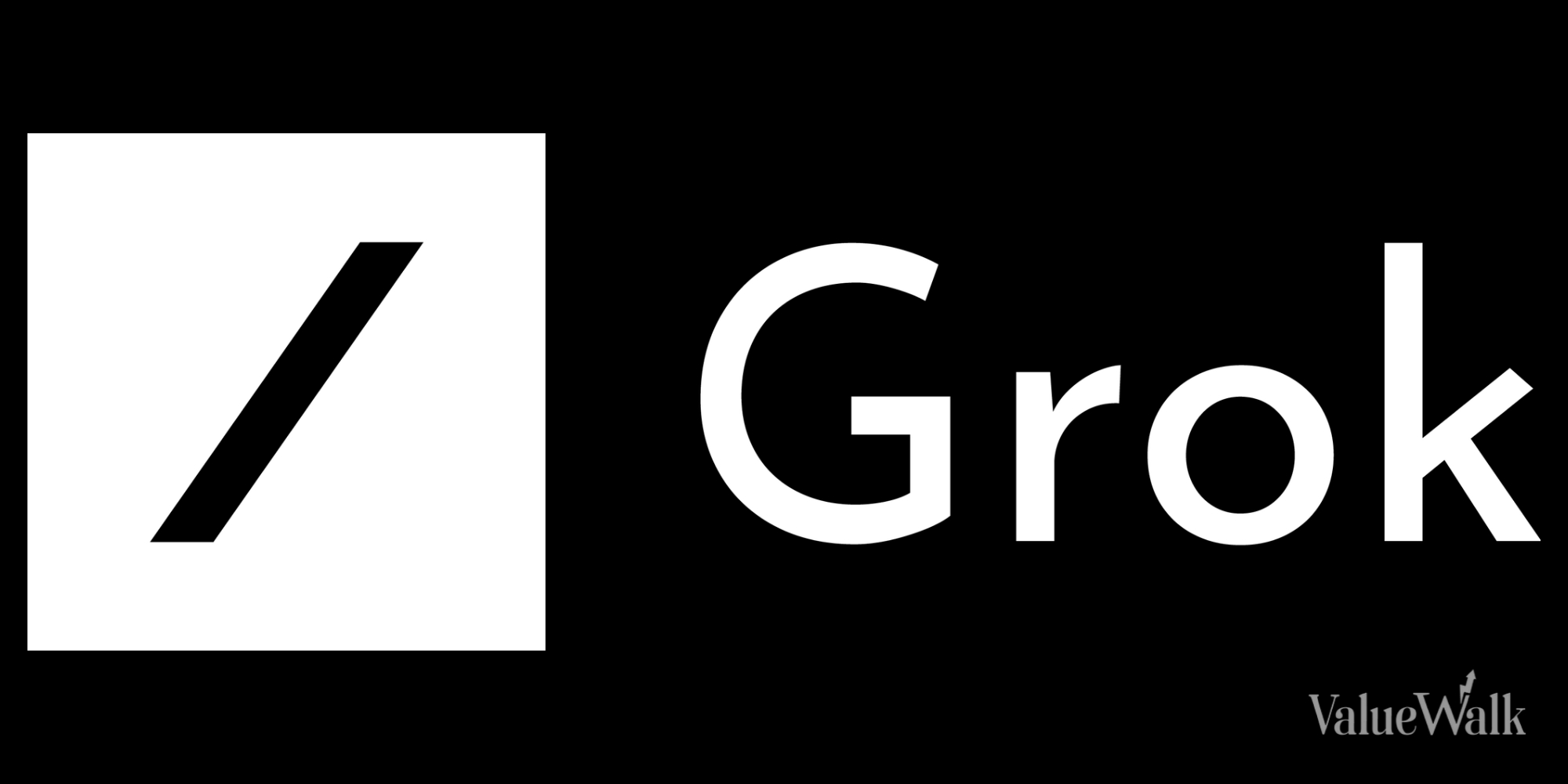Over the past week world markets have again provided evidence of the so-called January Effect, with all eight of our benchmark indexes posting healthy gains. You know it’s a good week when the worst performer (the FTSE 100) posted a healthy 1.63% gain. The two best performers rose by more than 4%. The CAC 40, recently downgraded by Standard & Poor’s, thumbed its nose at the rating agency with a 3.91% gain.
The S&P 500, up 4.59% so far this month, is widely reported in the popular press as having its best January since 1987, when the index gained 9.17% over the equivalent timeframe. We certainly hope the 500 doesn’t share the more memorable characteristic of 1987, Black Monday on October 19th of that year, a shocking 21.47% one-day decline within a 33.51% peak-to-trough collapse in 71 market days (August 25th to December 4th).
The adjacent table shows the year-to-date performance of our gang of eight for 2012. The Hang Seng is only fractionally below that stellar S&P gain of 1987. The DAXK (i.e., the DAX ex dividends) is in second place, only fractionally ahead of the SENSEX. Indeed, the S&P 500’s strong performance only rates a sixth place in YTD gains. As the first of the two charts below clearly illustrate, we’re experiencing a worldwide rally off interim lows stretch from late September for the CAC 40, early October for the S&P 500, FTSE 100 and Hang Seng, late November for the Nikkei 225, mid-December for the SENSEX, and early January for the Shanghai Composite.




